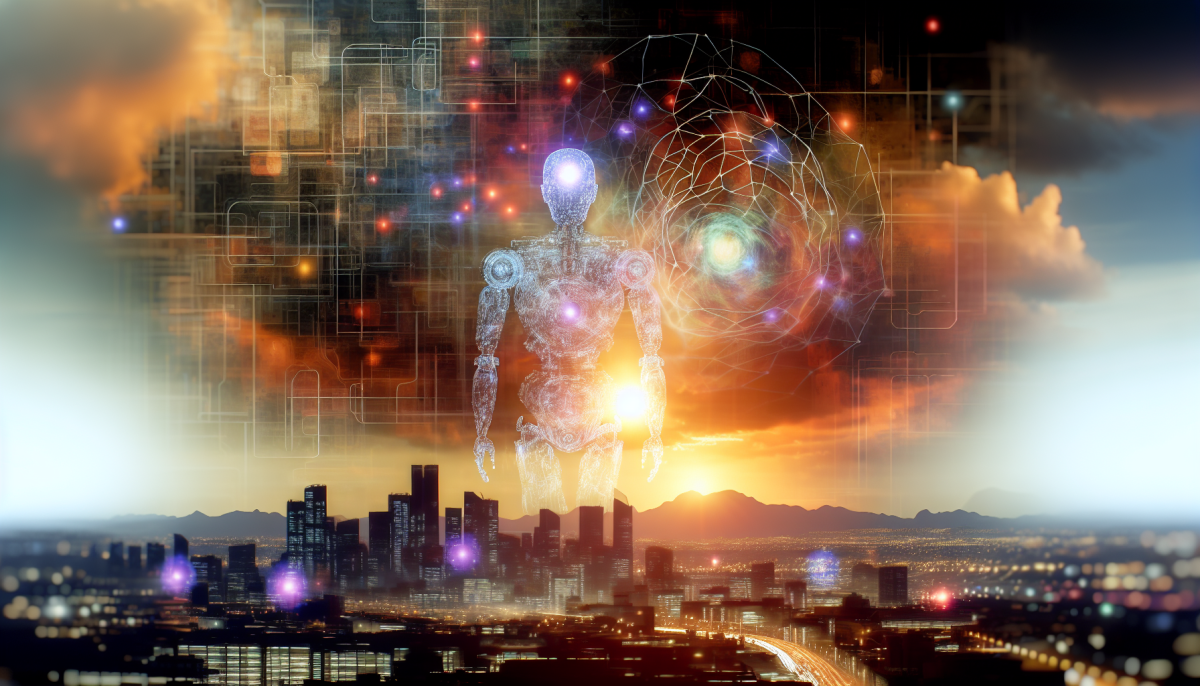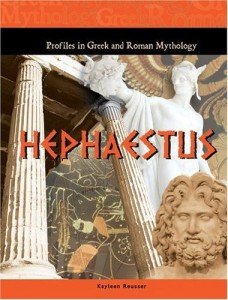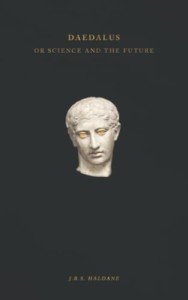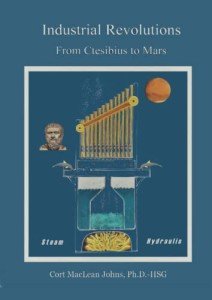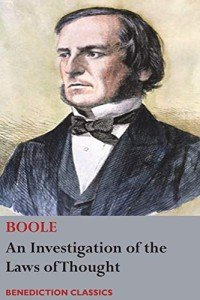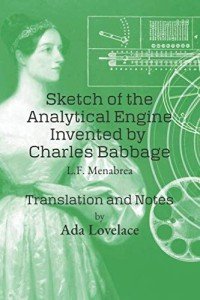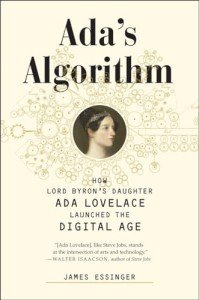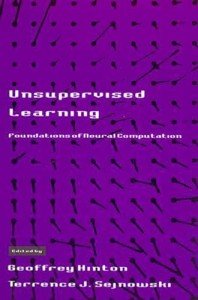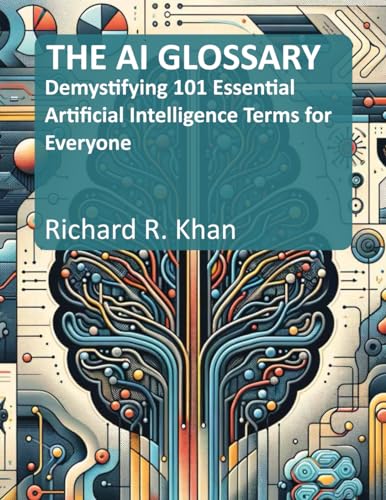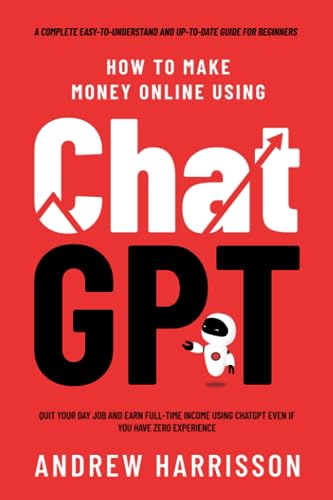The Origins of Artificial Intelligence: From Ancient Dreams to Modern Reality
Ancient Beginnings: Myths and Mechanical Marvels
The concept of artificial intelligence—the idea of creating machines that can think like humans—has fascinated humanity for thousands of years, long before computers or even electricity existed. In ancient Greek mythology, the god Hephaestus created mechanical servants made of gold, and the legendary artificer Daedalus was said to have crafted statues so lifelike they needed to be tethered to prevent them from wandering away.
Hephaestus (Profiles in Greek and Roman Mythology, 1)
Discover the fascinating world of Hephaestus and his impact on mythology and art
Product information
Product Review Score
4.01 out of 5 stars
85 reviewsProduct links
Daedalus or Science and the Future
Exploring the intersection of technology and humanity's path forward with fascinating insights
Product information
$12.25
Product Review Score
4.16 out of 5 stars
216 reviewsProduct links
In reality, early attempts to create thinking machines took the form of automata—mechanical devices designed to act in predetermined ways. The 3rd century BCE Alexandrian engineer Ctesibius created water clocks with moving figures. Later, in the 1st century CE, Hero of Alexandria designed numerous automated devices powered by water, steam, and compressed air.
Industrial Revolutions:: From Ctesibius to Mars
Explore how groundbreaking inventions and ideas reshaped industries throughout history with engaging insights and captivating stories
Product information
$79.95 $56.57
Product Review Score
4.17 out of 5 stars
21 reviewsProduct links
Pneumatica: The Pneumatics of Hero of Alexandria
Discover the fascinating principles of ancient mechanics and their impact on modern technology
Product information
$14.99
Product Review Score
4.45 out of 5 stars
75 reviewsProduct links
Medieval and Renaissance Developments
By the medieval Islamic Golden Age, inventors like Al-Jazari (1136-1206) created sophisticated water-powered automata and programmable humanoid robots. His "elephant clock" from 1206 included mechanical figures that moved and made sounds at programmed intervals.
ISMAIL AL-JAZARI: INGENIOUS MECHANICAL MASTER : The Medieval Islam's Engineering Genius Who Pioneered Robotics, Automation, and the Elephant Water Clock
Discover the fascinating world of Ismail Al-Jazari and his groundbreaking inventions that laid the groundwork for modern robotics and automation
Product information
$16.99
Product Review Score
4.17 out of 5 stars
166 reviewsProduct links
The European Renaissance brought renewed interest in automata. Leonardo da Vinci sketched designs for a mechanical knight around 1495, while in the 18th century, Jacques de Vaucanson created a mechanical duck that could eat, digest, and defecate—a marvel of biomimicry for its time.
The Genius of Leonardo da Vinci
Discover how Leonardo's innovative mindset and creativity continue to inspire and shape the world today
Product information
$49.99 $39.99
Product Review Score
4.11 out of 5 stars
150 reviewsProduct links
Leonardo Da Vinci 1452-1519: The Graphic Work
Explore the incredible illustrations and designs that showcase the genius of Da Vinci's artistic vision
Product information
$25.00 $20.49
Product Review Score
4.23 out of 5 stars
118 reviewsProduct links
The Birth of Computational Thinking
The true conceptual foundation for modern AI began with developments in logic and mathematics. Gottfried Wilhelm Leibniz (1646-1716) envisioned a universal calculus of reasoning, where disputes could be resolved by computation rather than argument: "Let us calculate, without further ado, to see who is right."
The Early Mathematical Manuscripts of Leibniz: Translated From the Latin Texts Published by Carl Immanuel Gerhardt With Critical and Historical Notes
Discover the rich insights and groundbreaking ideas of one of history's greatest thinkers in this detailed translation of Leibniz's early works
Product information
$32.95
Product Review Score
4.07 out of 5 stars
98 reviewsProduct links
The 19th century saw crucial advances that would later enable AI. George Boole developed Boolean algebra, establishing the logical basis for digital computing. Charles Babbage designed (but never built) the first mechanical computers—the Difference Engine and Analytical Engine. His collaborator Ada Lovelace recognized that such machines could manipulate symbols and potentially compose music or create art, not just crunch numbers.
An Investigation of the Laws of Thought, on Which are Founded the Mathematical Theories of Logic and Probabilities
Explore the foundational principles that shape logic and probability in this detailed examination of thought processes
Product information
$15.50 $10.58
Product Review Score
4.22 out of 5 stars
69 reviewsProduct links
The Difference Engine: Charles Babbage and the Quest to Build the First Computer
Explore the fascinating journey of Charles Babbage as he pioneers the concept of the computer and reshapes our understanding of technology
Product information
$24.00
Product Review Score
4.8 out of 5 stars
125 reviewsProduct links
Sketch of the Analytical Engine Invented by Charles Babbage: Translation and Notes by Ada Lovelace
Explore the groundbreaking ideas behind computing through this insightful translation and commentary by Ada Lovelace
Product information
$16.04
Product Review Score
4.19 out of 5 stars
180 reviewsProduct links
Ada's Algorithm: How Lord Byron's Daughter Ada Lovelace Launched the Digital Age
Discover the fascinating story of Ada Lovelace and how her groundbreaking ideas shaped the future of technology
Product information
$38.96
Product Review Score
4.05 out of 5 stars
179 reviewsProduct links
The 20th Century: From Theory to Practice
The early 20th century brought foundational theoretical work. In 1936, Alan Turing proposed the concept of a universal computing machine—now known as a Turing machine—capable of simulating any algorithmic computation. In 1943, Warren McCulloch and Walter Pitts described a model of artificial neurons that could perform logical operations, laying groundwork for neural networks.
The Essential Turing: Seminal Writings in Computing, Logic, Philosophy, Artificial Intelligence, and Artificial Life plus The Secrets of Enigma
A deep dive into the groundbreaking ideas and theories that shaped the world of artificial intelligence and computing
Product information
$52.00 $45.07
Product Review Score
4.18 out of 5 stars
85 reviewsProduct links
The term "artificial intelligence" itself was coined in 1956 at the Dartmouth Conference, organized by John McCarthy, Marvin Minsky, Claude Shannon, and Nathaniel Rochester. This historic gathering marked the official birth of AI as a field of research. McCarthy defined AI as "the science and engineering of making intelligent machines."
Early AI Systems: Optimism and Limitations
The 1950s and 60s saw remarkable progress. Arthur Samuel developed a checkers program that could learn from experience. Herbert Simon and Allen Newell created the Logic Theorist, considered the first AI program, which could prove mathematical theorems. Their General Problem Solver followed in 1957, attempting to mimic human problem-solving protocols.
Joseph Weizenbaum's ELIZA (1966) simulated conversation through pattern matching, while Terry Winograd's SHRDLU (1970) could understand natural language commands about a simple block world.
However, the field soon encountered significant challenges. Early systems proved brittle—they worked only in narrow domains and couldn't handle the complexity and ambiguity of the real world. By the 1970s, AI entered its first "winter" as funding dried up due to unmet expectations.
Knowledge-Based Systems and Expert Systems
The 1980s brought renewed optimism with the rise of expert systems—programs containing specialized knowledge for specific domains. MYCIN could diagnose blood infections, while DENDRAL helped chemists identify unknown organic compounds.
Japan's Fifth Generation Computer Systems project aimed to revolutionize computing with massive parallel processing and AI capabilities. Though it fell short of its ambitious goals, it spurred competitive investment worldwide.
Statistical Revolution and Machine Learning
By the 1990s, AI research shifted from rule-based approaches to statistical methods. Machine learning algorithms that could improve through experience gained prominence. Instead of explicitly programming knowledge, these systems could extract patterns from data.
IBM's Deep Blue defeated world chess champion Garry Kasparov in 1997, demonstrating the power of specialized AI systems. Meanwhile, the internet began generating unprecedented amounts of data, providing the raw material needed for data-hungry algorithms.
The Modern Era: Deep Learning and Beyond
The 21st century has seen explosive growth in AI capabilities, primarily through deep learning—neural networks with many layers that can learn hierarchical representations. The breakthrough came around 2012 when researchers led by Geoffrey Hinton demonstrated dramatic improvements in image recognition using deep convolutional neural networks.
Unsupervised Learning: Foundations of Neural Computation (Computational Neuroscience)
Discover the principles of unsupervised learning and how it drives innovations in neural computation and artificial intelligence
Product information
$50.00
Product Review Score
4.49 out of 5 stars
116 reviewsProduct links
Since then, AI systems have achieved remarkable results across domains:
- In 2016, DeepMind's AlphaGo defeated world champion Lee Sedol at Go, a game far more complex than chess.
- Speech recognition and machine translation have reached near-human performance in many contexts.
- Large language models like GPT (Generative Pre-trained Transformer) can generate coherent, contextually appropriate text across a wide range of topics.
AlphaGo vs Lee Sedol: The Match that Changed the World of Go
Discover the groundbreaking showdown that reshaped the future of artificial intelligence and the ancient game of Go
Product information
$15.85
Product Review Score
4.82 out of 5 stars
26 reviewsProduct links
Current Landscape and Future Directions
Today's AI landscape is dominated by large technology companies and research labs investing billions in capabilities that would have seemed impossible just decades ago. Artificial intelligence now powers recommendation systems, autonomous vehicles, medical diagnostic tools, and countless other applications.
Yet modern AI systems still face limitations. They excel at pattern recognition but lack true understanding. They can generate impressive outputs but can also produce harmful or misleading content. They depend on massive computational resources and energy consumption.
Current research frontiers include:
- Building AI systems that can reason causally, not just recognize correlations
- Developing methods that require less data and computing power
- Creating AI that can explain its decisions transparently
- Ensuring AI technologies are developed ethically and benefit humanity broadly
Conclusion
The journey from ancient automata to today's sophisticated AI systems represents one of humanity's most ambitious intellectual quests. While we have not yet created machines with human-like general intelligence, the pace of progress continues to accelerate. As AI capabilities grow, so too does the importance of shaping these technologies to reflect human values and priorities.
The origins of AI reveal a persistent human fascination with creating entities that can think, learn, and create. As we look to the future, the question is no longer whether we can build intelligent machines, but what kind of intelligence we should build and how we should integrate these powerful technologies into our societies.
